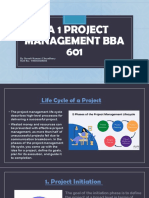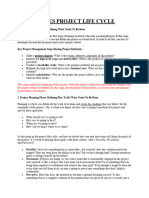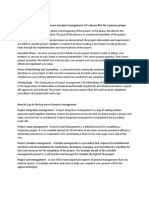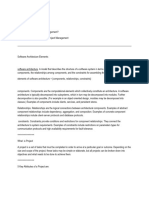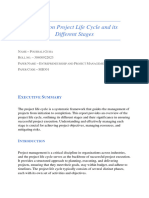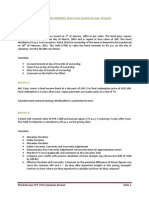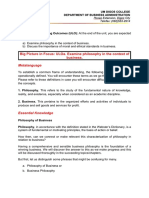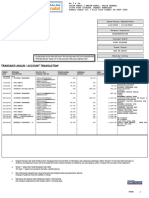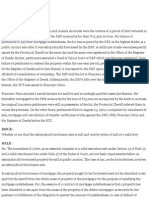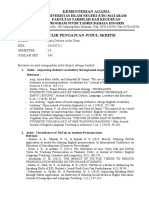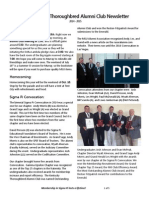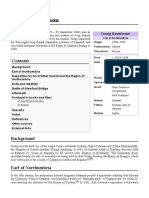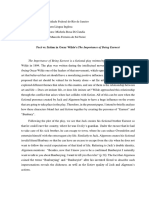0% found this document useful (0 votes)
47 views9 pagesAssignment Project Management
The document outlines the key phases of the project lifecycle in civil engineering, including initiation, planning, execution, monitoring and controlling, and closure. It emphasizes the importance of each phase and their interconnections, detailing activities and deliverables involved in each stage. Additionally, it discusses the impact of delays in the execution phase on subsequent phases and suggests strategies for mitigating such delays to ensure successful project completion.
Uploaded by
Azrul IkhwanCopyright
© © All Rights Reserved
We take content rights seriously. If you suspect this is your content, claim it here.
Available Formats
Download as PDF, TXT or read online on Scribd
0% found this document useful (0 votes)
47 views9 pagesAssignment Project Management
The document outlines the key phases of the project lifecycle in civil engineering, including initiation, planning, execution, monitoring and controlling, and closure. It emphasizes the importance of each phase and their interconnections, detailing activities and deliverables involved in each stage. Additionally, it discusses the impact of delays in the execution phase on subsequent phases and suggests strategies for mitigating such delays to ensure successful project completion.
Uploaded by
Azrul IkhwanCopyright
© © All Rights Reserved
We take content rights seriously. If you suspect this is your content, claim it here.
Available Formats
Download as PDF, TXT or read online on Scribd
/ 9









